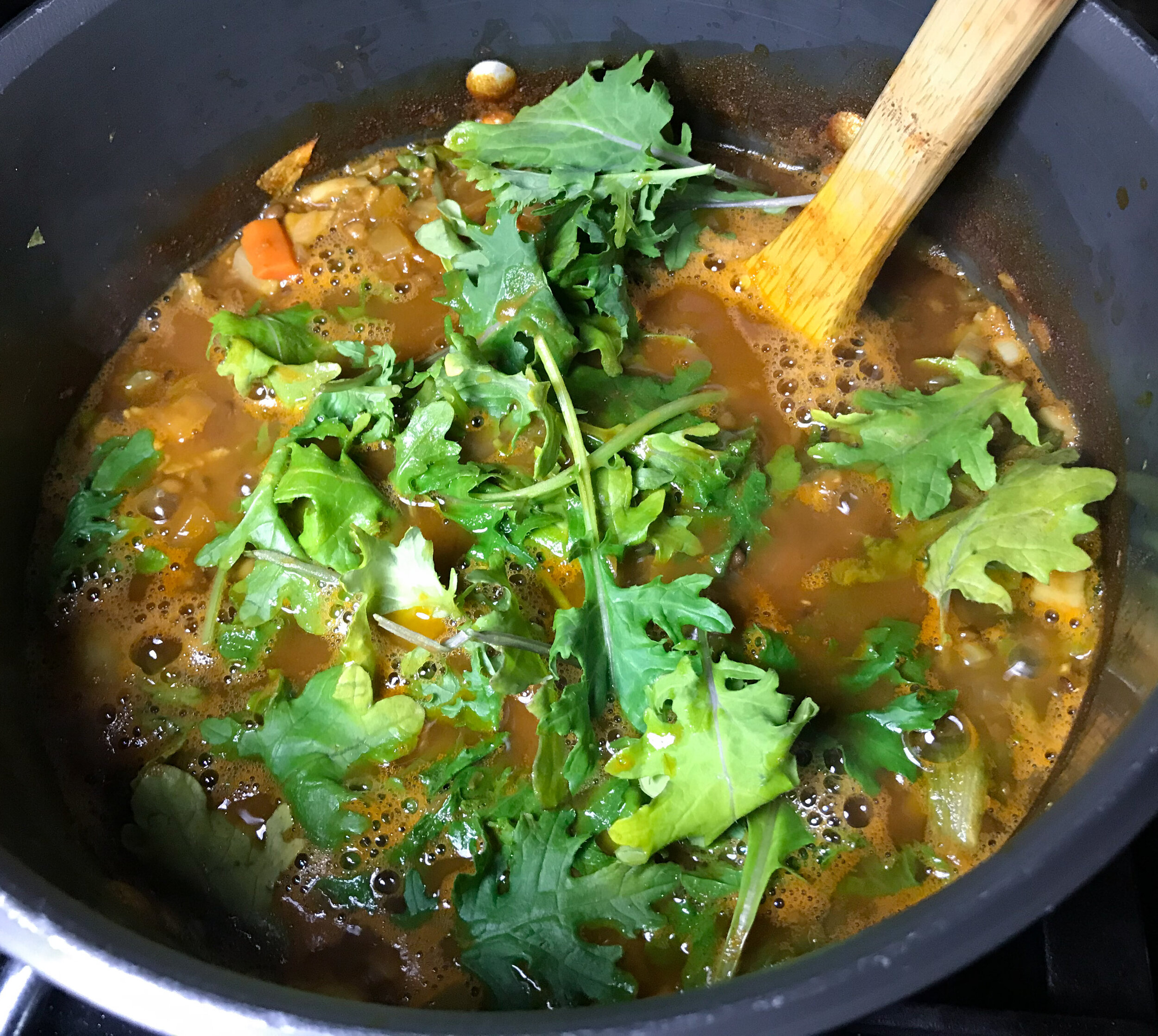Huevos rancheros is the opposite of a salad. It’s warm, and saucy. It’s rich and spicy and comforting. With everything we’re all going through these days, you deserve to have it for lunch — even in the middle of the week.
Does the steaming, rich, gooey extravaganza seem like something that can only be had in a restaurant? It’s not! It’s actually super easy to make at home.
I wouldn’t be at all surprised if you had everything you need to make it already in your kitchen:
• Corn tortilla
• Eggs — or even a single egg
• A can of diced tomatoes
• One of those tiny cans of diced green chiles
• Half an onion
• Two or three garlic cloves
Maybe you don’t have garlic cloves, but you have some garlic powder. Maybe you don’t have that little can of green chiles, but you have some red pepper flakes or Tabasco. Maybe you don’t have corn tortillas, but you have masa harina and you know your way around a tortilla press. You’ll manage. I’ll walk you through it.
Probably you do have salt and cooking oil of some sort. Queso fresco or cotija — or even feta or goat cheese or one of those bags of pre-grated fiesta mix? I’m sure you’ve got one the above. Cilantro? Yes! Totally not essential, but lovely if you have it.
If you have a can of pinto beans (or some dried ones and you put up a pot first thing in the morning), you can have dreamy side dish, too. Or maybe you have black beans. But don’t even worry if you don’t: Your belly and your soul will be in a very happy place when the noon-time whistle blows.
We made this indulgent lunch from stuff we happened to have lying around.
Here’s how to achieve the lunch that we all absolutely deserve.
First, toss together a ranchera sauce: blitz a can of diced tomatoes with some diced green chiles from a can and two or three garlic cloves. Set it aside. In a saucepan, sweat half an onion, then add the purée and salt. Simmer five minutes. Taste it: Wow. Sauce whipped up from cans has no right to be that good!
Lightly fry a tortilla or two. Blot and put ‘em on a plate. Fry an egg or two in your tortilla oil, any way you like ‘em — over-easy, sunny-side-up. Slide the egg onto the tortilla, spoon ranchera sauce over. Garnish with whatever you’ve got — crumbled cotija or cheese from a bag, a fresh sprig of cilantro or two.
Don’t you wish you had a ripe avocado? Man, I actually had one and forgot I did. A few slices on the side would have been awesome. (Still kicking myself!)
You’ve already heated up that can of pinto beans or refried beans. Spoon that next to the eggs.
Got it? Here’s the recipe:
If you want to make pinto beans, wash a pound of dried pinto beans, place them in a large pot, add 10 cups of hot water and half an onion, sliced, and bring it to a boil over high heat. Reduce heat to very low, cover the pot, and cook — stirring occasionally — till the beans are tender. It might take anywhere from 90 minutes to 2 1/2 hours, depending on the beans. Add more hot water as you go along if they need it toward the end (you want it very liquidy). 10 minutes before you want to eat them, stir in salt to taste. That’s the basic recipe; throwing in some garlic and herbs (thyme, bay leaf) in the beginning is lovely too.
If it’s only huevos rancheros that you’re after, you can put that together in twenty minutes. Is it a date?
Meanwhile, tonight, if you can’t sleep, think about all the ingredients in your pantry and fridge that you’d love to find a delicious use for. Give me a list in the comments below. I’ll dream up something enticing for you to make.




































